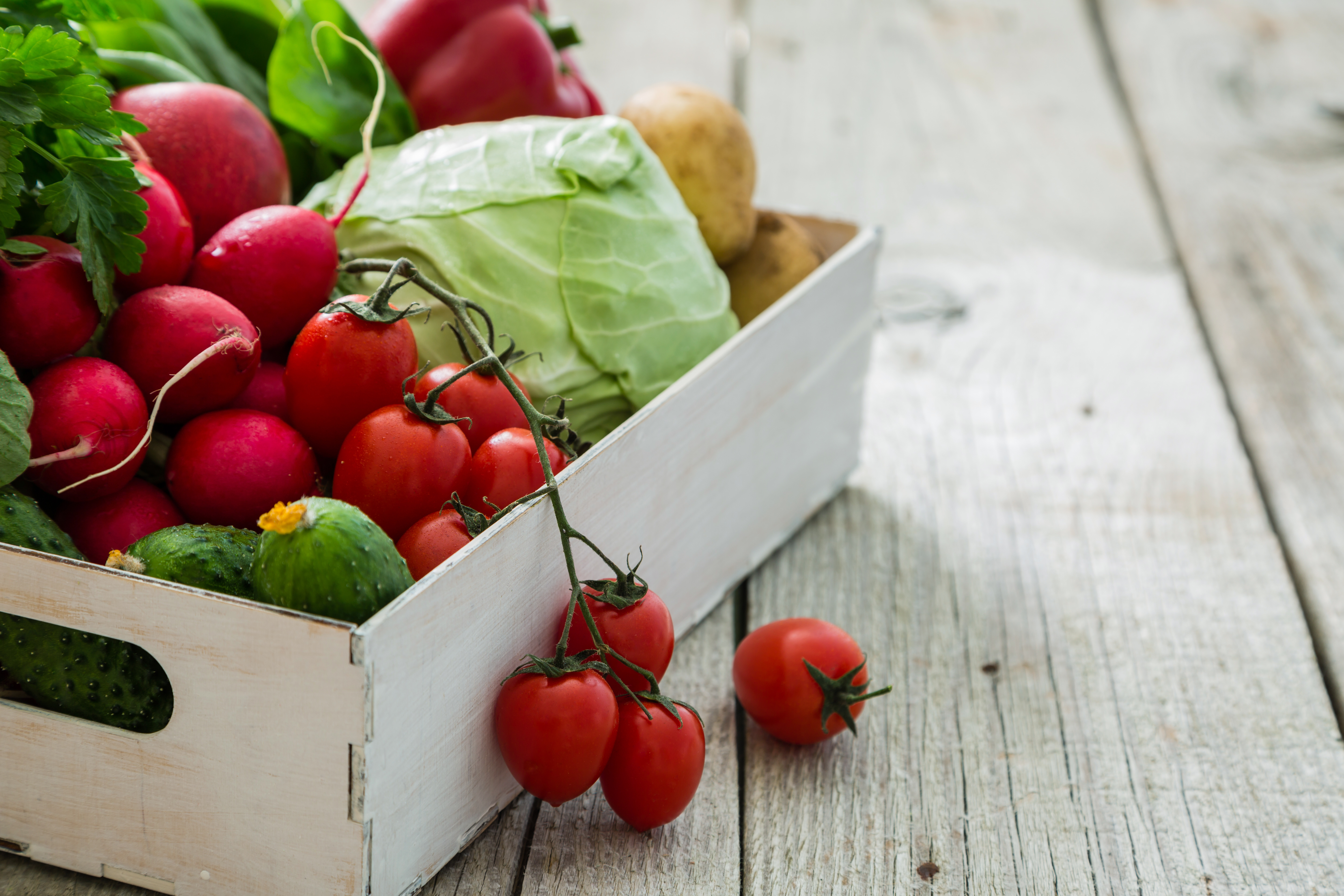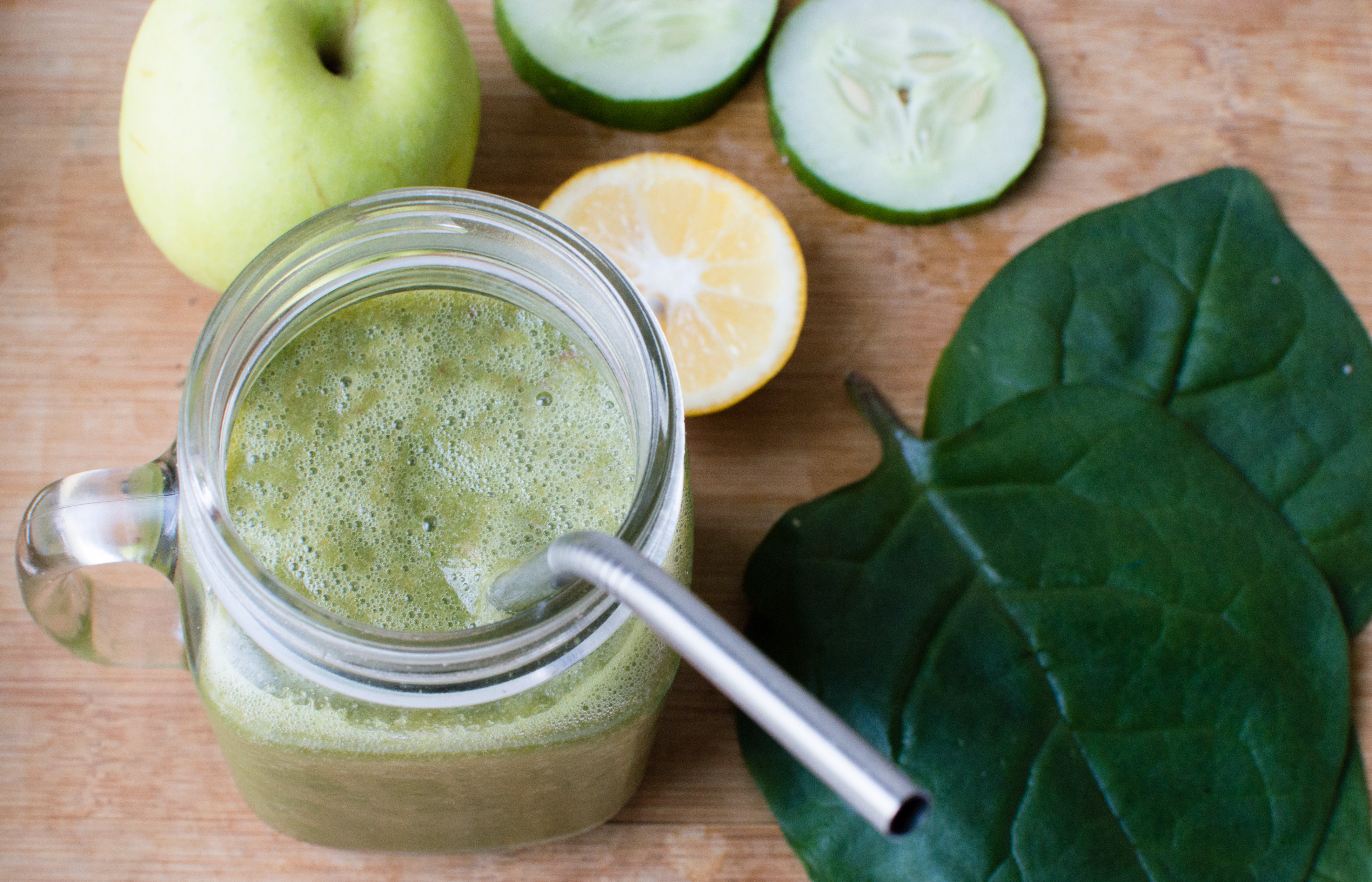What It’s Like To Go Plastic Free
If lately you’ve been feeling a little helpless when it comes to environment, consider taking part in Plastic Free July, a campaign started in Perth, Western Australia that hopes to encourage consumers to “refuse single-use plastic in the month of July”.
While the website is targeted at Australians, anyone can adopt the basic tenets of plastic free basics and try their own plastic cleanse for a day, a week, a month, or beyond. Hoping to make myself a more Earth-conscious citizen, I decided to undertake a weeklong plastic cleanse during the last week of June.
What It Involves– and Means– For The Wider World to go Plastic Free
While corporate pollution is often a more serious and larger-scale source of environmental contamination than individual homes, practicing a low-plastic life is a good way of voting with your dollar and supporting businesses who are making the effort to reduce their footprint. Under pressure from consumers (and optics), many businesses have begun to reform their ways, while other businesses have sprung up to offer more competitively eco-friendly options.
For the individual and single family households, Plastic Free July’s focus is specifically on reducing the prominence of single-use plastics (think plastic bags, water bottles, those red coffee stir sticks), while simultaneously emphasizing a decreased dependence on recycling, which they declare on their website will “never be the solution to rapidly expanding consumption”.
Evaluate Your Base
I began my plastic cleanse by taking the eye-opening “Pesky Plastics Quiz,” which consists of 25 easy questions meant to track participants’ predicted behaviors, and to draw attention to sources of plastic you might not be aware of. Some of the ways to cut down on plastic were familiar (like bringing your own tote bags to the store or a reusable cup when you get a drink), others less-so (like sourcing detergents form bulk barrels).
For the purposes of my experiment, some of the ways of cutting down on plastic usage were simply not possible living in New York City– namely “avoiding lining bins with plastic bags” (I suppose I could do it, so long as I didn’t mind my apartment becoming a cockroach hotel). Avoiding pre-packaged fruits and vegetables was another area where I found it difficult to part with my plastic loving ways. My freezer is stuffed to the max with frozen fruits and veggies; I work two jobs and long hours, and don’t have the luxury (monetary or temporal) of stopping by the farmers market or picking up a CSA. A similar constraint went for meat, though I did make it point to avoid buying chicken where the packaging seemed excessive (like the individually wrapped cutlets, all packaged in a plastic container).
Making It Happen
In general, I was fairly pleased with my base plastic-avoiding habits: I bring my lunch packed in [easyazon_link identifier=”B0040MH642″ locale=”US” tag=”gardcoll03-20″]a trio of stacking metal containers[/easyazon_link]; I have a whole tote bag of tote bags stuffed onto a shelf in my kitchen; and I recently recently ordered [easyazon_link identifier=”B01L1YXQEU” locale=”US” tag=”gardcoll03-20″]metal straws[/easyazon_link] (my partner rolled his eyes at first, but now loves them). I lead a fairly low maintenance skin care regime that involves [easyazon_link identifier=”B00016XJ4M” locale=”US” tag=”gardcoll03-20″]witch hazel[/easyazon_link], [easyazon_link identifier=”B00NT0GV6U” locale=”US” tag=”gardcoll03-20″]bulk African black soap[/easyazon_link], and a simple moisturizer, all free of microbeads. My milk comes in waxed cardboard, I have a cheap juicer to replace any juice I might buy in plastic containers, and I don’t drink coffee, thereby avoiding any plastic lids or stir sticks.
My biggest room for improvement then was buying fresh or bulk food and refusing any plastic wherever I might encounter it. I have an addiction to clamshells full of lettuce and greens; they accumulate quite rapidly in my recycling.
While I was able to to give up my clamshell lettuce obsession for a week (my recycling bin thanked me later), I found it nearly impossible to give up my use of frozen fruits and vegetables. While my local grocery stores do have bunches of fresh greens and unwrapped produce, none of it is organic. My rationale then came down to weighing the environmental effects of toxic pesticides (both for myself and for the planet) against plastic. Obviously, it is nearly impossible to compare the two: in an ideal world I wouldn’t have to choose, as both have disastrous long-term effects. But being a little selfish, I opted for my own health and convenience. While I might have taken the time out of my schedule to head to Whole Foods, at the end of the day (literally) I simply was too exhausted, and the prospect of navigating the trains late at night with bags of groceries simply wasn’t appealing.
Keeping It Going
In this way, a plastic free lifestyle assumes a certain amount of flexibility. True, there were areas where I could comfortably adapt my habits without suffering a monetary or scheduling setback, like my metal straws or continuing to pack my lunch in metal containers. But at the end of the day, my biggest hurdle seemed to come down to either prioritizing my health (in the form of regularly eating vegetables) or my time/money (waking up early to shop somewhere I could find organic, unwrapped produce).
All that isn’t to say there’s nothing to be gained by at least trying a plastic cleanse, whether complete or partial. Even if you cannot commit to the full experience, taking the quiz can be an enlightening, teaching moment, one that demonstrates how insidious plastic is even if you think you’re already well-versed on your plastic usage. Going in, I considered myself a relatively plastic-phobic person– I grew up in the Bay Area, where I was born recycling– but over the week I found myself increasingly aware of all the plastic around me, as when I get up at work to take some nuts out of the communal jar and would stop my hand in horror as I looked down to see a giant plastic bottle.
Even without making massive changes to your schedule (like completely rerouting your grocery shopping habits), there are still a few easy ways to lessen the impact of your plastic consumption, like investing in a juicer (to avoid plastic bottles of juice), glass or metal food storage, tote bags, and bio bags, all of which can be ordered online (hooray for the future!) and don’t require added labor.
At the end of the day, I found the plastic free cleanse to be a little bit disheartening (how can one “low plastic” person use so much plastic?!) but ultimately well-worth the eye-opening experience. If nothing else, it has inspired me to do better wherever I can.




































